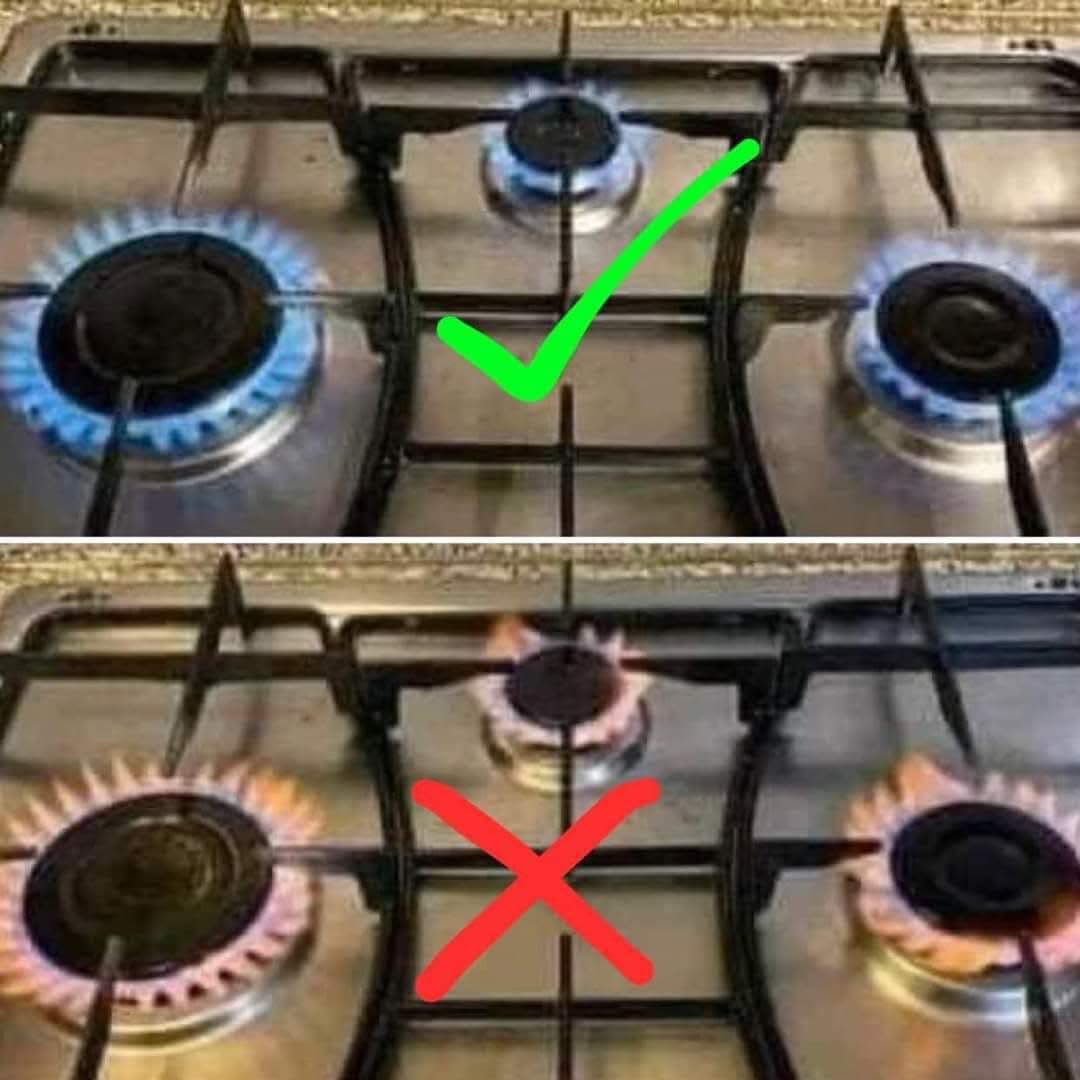ADVERTISEMENT
– **Incorrect Gas Pressure**: This could be due to an issue with your gas supply, such as low pressure or a blockage in the gas line.
– **Faulty Burner**: If the burner isn’t seated correctly or is damaged, it can cause an irregular flame. A burner that is not working properly may also lead to poor heat distribution.
– **External Factors**: High winds or poor ventilation in the kitchen could disrupt the flame, causing it to flicker or turn red.
If you notice red or flickering flames, it’s important to have your stove inspected and repaired by a professional to ensure it is safe to use.
—
### **How to Fix Flame Color Issues**
If you notice that the flames on your stove are not blue, here are a few steps you can take to correct the issue:
1. **Clean the Burner**: A clogged or dirty burner can cause a yellow or orange flame. Turn off the stove and clean the burner thoroughly with a soft brush or a cleaning solution that is safe for stoves. Be sure to remove any food debris, grease, or carbon buildup that might be obstructing airflow.
2. **Check the Air Supply**: Ensure that the air supply to the burner is adequate. If you suspect a problem with the air-to-gas ratio, you can adjust the air shutters on the burner (this is often an option on some stoves). This may help achieve a more efficient burn.
3. **Ensure Proper Ventilation**: Make sure your kitchen is properly ventilated. Poor ventilation can lead to improper combustion and affect the color of your flames. Open a window or turn on the exhaust fan if necessary.
4. **Inspect the Gas Line**: If you continue to see yellow, orange, or red flames, it might be time to inspect your gas line and regulator. Low gas pressure or an obstruction could be the cause of the problem. Contact a professional to check the gas line and regulator.
5. **Replace Faulty Components**: If cleaning and adjusting don’t work, the burner or gas valve might need to be replaced. A professional technician can help with this.
—
### **Safety Precautions**
If your stove consistently produces yellow or red flames, it’s important to take safety precautions. Here are some tips to keep in mind:
– **Install a Carbon Monoxide Detector**: If your stove is burning inefficiently, carbon monoxide could be a concern. Ensure that you have a functioning carbon monoxide detector in your kitchen and home to alert you to any dangerous levels of this gas.
– **Get Regular Inspections**: Have your stove and gas lines inspected regularly by a professional to ensure everything is working properly.
– **Turn Off the Gas**: If you notice irregular flames and suspect a gas leak or other serious issue, turn off the gas supply immediately and contact a professional.
—
### **Conclusion**
The color of your stove flames is a critical indicator of how well your stove is functioning. **Blue flames** are ideal, signifying that the stove is working efficiently and safely. **Yellow or orange flames** suggest inefficient combustion, while **red or flickering flames** indicate potential problems that require immediate attention. By paying attention to the flame color and addressing any issues promptly, you can ensure that your stove operates safely, efficiently, and optimally for years to come.
ADVERTISEMENT
